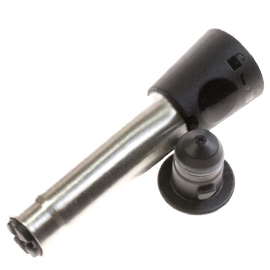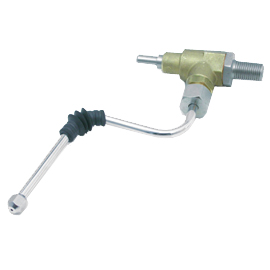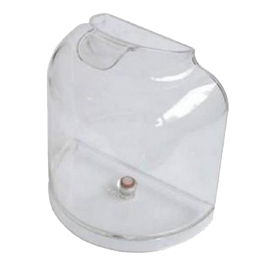Your Espresso Machine Is Leaking Water

As its name suggests, the role of a coffee maker is to prepare coffee. For pouring and espresso coffee makers, the operating principle is essentially the same. If your device loses water, you must fix the problem. We will help you identify the cause.
THE CAUSES FOR THIS FAILURE :
-
The water tank is cracked
-
The seals are worn out
-
The hoses burst
-
The resistance is cracked
-
The percolator is no longer waterproof
-
The steam nozzle is scaled
-
The position valve is loose
WARNING
Before working on your device, make sure to disconnect it from the power supply.
Risk of electric shock.
The water tank is cracked
The water tray is used to supply the coffee maker with water, which is usually made of plastic. Over time it can eventually crack and leak. Be careful, if you want to wash it, do not put the water tray in the dishwasher because the water is too hot and could quickly damage it. If the bin is too damaged, you will need to replace it.
The seals are worn out

Coffee makers, especially espresso machines, can lose water due to a defective seal on the bottom of the tank. To find out if the problem is coming from there, simply fill this tank and see if any water is leaking from the joint below. This part can then be worn, crushed or broken. If this is the case, remove and replace this seal so that water no longer flows under the unit. Damage to pipes or joints can result from excess limescale. The leaks are then due to these deposits. To avoid this, it is necessary to descale your appliance regularly. If the joints are cracked, you will have to change them.
The hoses burst

The special feature of espresso coffee makers is that they have a pump that can push water up to 18 bars. The hoses are constantly subjected to high pressures and some burst or start to leak at the junctions. Most of the time it is limestone that obstructs the water outlet. If this is the case, we recommend that you perform regular descaling, which will avoid this type of problem. If they are damaged, they will have to be replaced.
The resistance is cracked

The resistance is the element where water is partially stored and then heated. On some large espresso machines, they have a second resistance to steam. It can happen that the resistance cracks because of the limestone and eventually leaks. If you want to avoid this problem, we recommend that you descale your appliance. If the problem persists, you will need to replace the resistance.
The percolator (filter holder) is no longer waterproof

The percolator is used to press the coffee grounds. Most often it is equipped with an O-ring, including on its receptacle. With wear, the percolator may no longer be waterproof and eventually leak. You can check its seal, it is quite accessible. If it is ever defective, you will have to replace it.
The steam nozzle is scaled

The steam nozzle allows the water, which is stored in a small chamber that boils, to turn into steam. This steam nozzle may leak. To avoid the problem, descaling to clean the pipe and valve will be sufficient to prevent it from leaking. If the problem persists, you will need to replace the nozzle.
The position valve is loose

Some espresso machines are equipped with a double-pass tap that allows you to choose between the percolator or steam position. The position valve can leak through its axis. If your model has a visible nut, you can try to tighten it gently. If the problem persists, the position valve will have to be changed.

